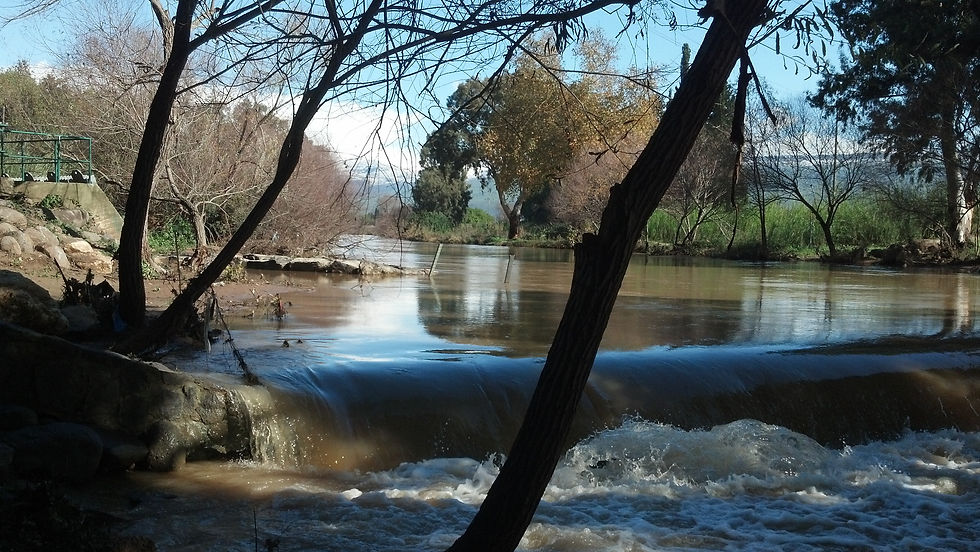Israel is situated between the temperate Mediterranean climate and the arid desert climate. The Mediterranean climate zone, which is characterized by a yearly precipitation of 1200 mm, can be found in the northern part of Israel. The southern part of the country, between the cities of Be’er‑Sheva and Eilat, is characterized by desert climate, with less than 200 mm of precipitation per year. The desert zone of Israel is a link in the chain of the world’s deserts. The Judean Desert is located in the rain shadow of the Judean hills, on the eastern slopes that descend towards the Dead Sea. Between the two climate zones is a transitional area, called the Arava Desert, where average yearly precipitation ranges between 200-400 mm. In general, in Israel, as you progress southward or eastward and away from the mitigating effects of the Mediterranean Sea, the higher the average temperatures and the lower the average rate of precipitation.
For the most part, the winters in Israel are mild, and most of the rainfall occurs between the months of November and March. During the autumn and spring, cold and rainy days alternate with hot and very dry days, while in the summer, between June and September, the days are consistently hot and either very dry or very humid, depending on the location in the country relative to the two climate zones.
The climate characteristics and the mild temperatures of Israel make for pleasant travel throughout the year, while each region offers special features in different seasons: explore the desert areas in the autumn, winter, or spring; hike through blossoming fields during the winter and spring; take water excursions and relax on the beach in the summer, and enjoy the multitude of archeological and historical sites, cities, markets, and museums all year round




When to go?
Israel top destinations

